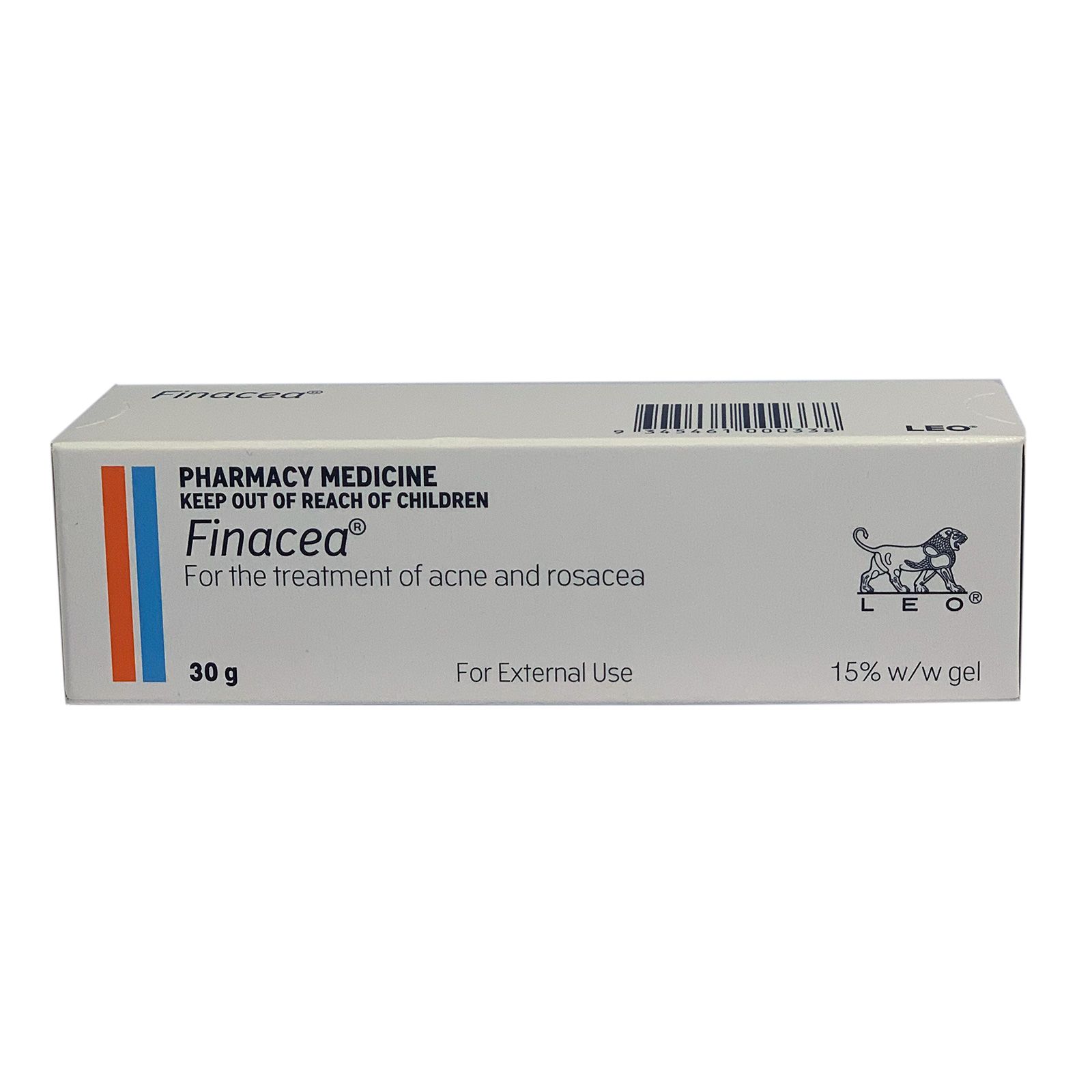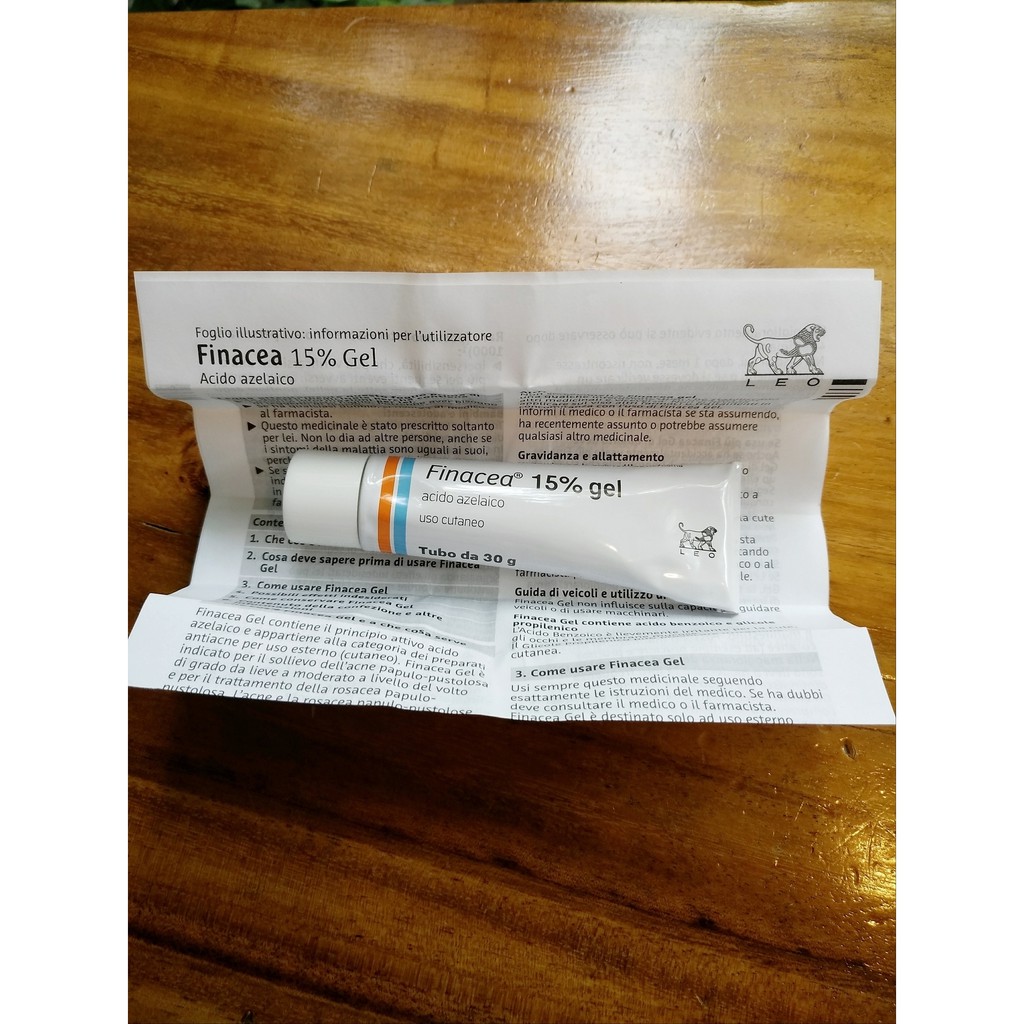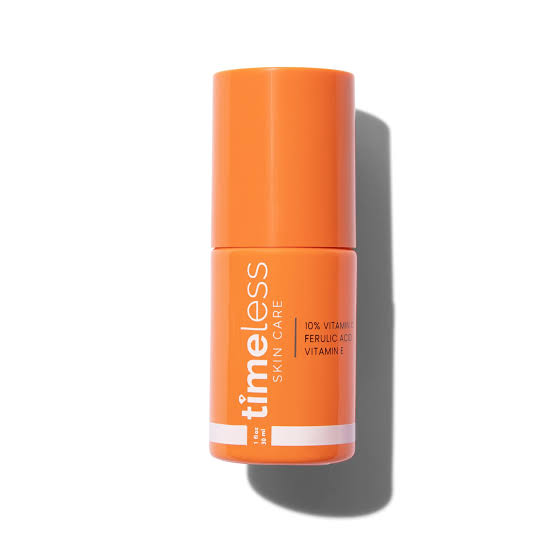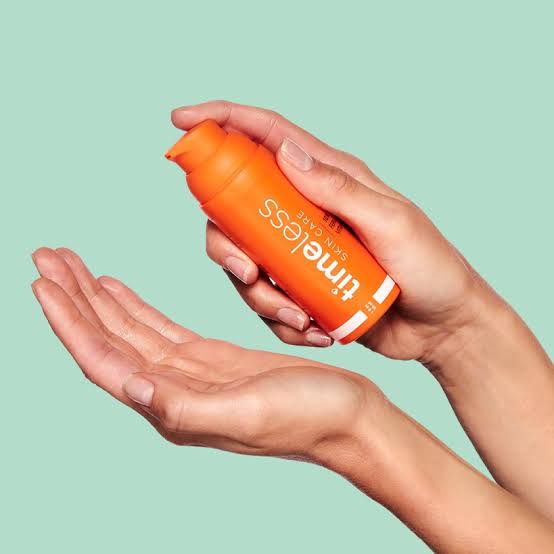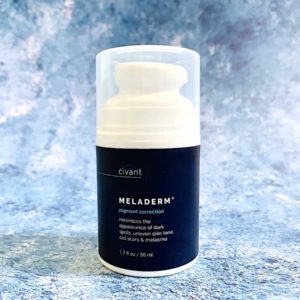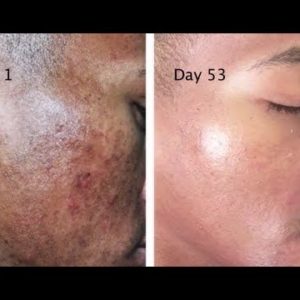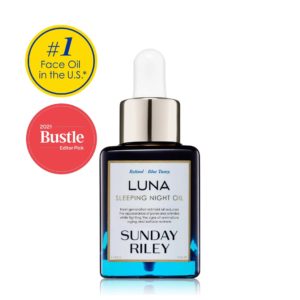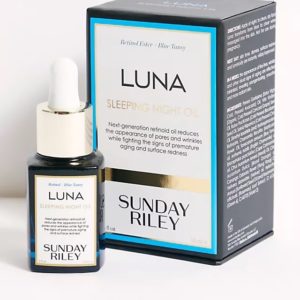Finacea Gel Tube 30g
₦28,000
Finacea Gel Tube 30g
Description:
Product Description:
Finacea has been formulated for use in acne patients with greasy skin conditions and for mild to moderate rosacea in adults. Finacea Gel contains 15% azelaic acid.
Finacea is used to treat the following conditions:
1 – Mild to moderate acne vulgaris, usually simply called acne. When rubbed into the skin, the azelaic acid in Finacea kills the bacteria that cause acne. Finacea also stops the acne relevant (epidermal) skin cells from growing too strongly and thus blocking the pores of the skin to form pimples.
2 – Rosacea, where the skin on the nose and cheeks has one or more of the following features: a redness that looks like a blush; pimples; small knobbly lumps on the nose and / or thin red lines due to enlarged blood vessels. (If using Finacea for rosacea, you should contact a doctor for a correct diagnosis of your condition before commencing treatment.) It is not known exactly how Finacea works to treat rosacea.
Ingredients:
The active substance is azelaic acid (Each gram of Finacea contains 150 mg of azelaic acid).
The other ingredients are: Benzoic acid (E210), carbomers, disodium edetate, lecithin, polysorbate 80, propylene glycol, purified water, sodium hydroxide and triglycerides medium chain.
Usage Directions:
Before Finacea is applied, the skin should be cleaned with water, or with a mild skin-cleansing agent.
Finacea should be applied to the affected areas of the skin morning and night and should be used regularly over several months. This dosage may be modified by your doctor or pharmacist.
Use of Finacea more than twice daily will not increase its effectiveness and could cause irritation.
Finacea should be massaged into the skin gently until it vanishes.
Finacea should be applied sparingly (approximately 0.5g, equivalent to a 2.5cm strip of gel is sufficient for the entire facial area).
The length of time that Finacea needs to be used will vary from person to person and will also depend on the initial severity of your skin disorder. Improvement is usually noticed within 1-2 months of use, but to obtain the best results, Finacea should be used regularly over several months. Whilst in most cases you will not need to use Finacea for more than 6 months, it may be used for longer periods, and may also be reused after a period of stopping.
Storage:
Keep Finacea in a cool dry place, below 30 degrees C.
Do not leave it in the car or on windowsills. Heat and dampness can destroy some medicines.
Warnings:
Always read the label, use as directed. For external use only. Avoid contact with your eyes. Keep Finacea where young children cannot reach it.
Do not use Finacea just before having a bath, shower or going swimming. If you do, you may reduce the effectiveness of Finacea.
If you are not sure whether you should start using Finacea, contact your doctor or pharmacist.
Tell your doctor or pharmacist if you have any allergies to any other medicines or any other substances, such as foods, preservatives, or dyes.
Tell your doctor or pharmacist if you are pregnant or intent to become pregnant or if breast-feeding.
Your doctor or pharmacist will discuss the risks and benefits of using Finacea when pregnant.
If intolerable irritation of the skin treatment should be stopped immediately. If irritation persists, please see your doctor or pharmacist. Once the irritation has ceased, your pharmacist or doctor may advise you to recommence treatment using a smaller amount of gel or using the gel only once a day until the skin can tolerate the treatment.
If your condition does not improve within 8 weeks you should consult your doctor or pharmacist.
Tell your doctor or pharmacist if you notice any of the following and they worry you:
burning
itching
stinging/tingling
redness
skin dryness
skin scaling
These are the more common side effects of Finacea that may occur at the start of treatment. When treating acne, they usually disappear as treatment continues.
Topical azelaic acid preparations may rarely cause temporary skin depigmentation or skin discolouration especially in people with darker skin.
In very rare cases allergic skin reaction (e.g. rash) may occur.
The occurrence of unwanted effects was higher in rosacea patients compared to acne patients in the clinical trials, however this could be due to the more sensitive skin of rosacea patients.
While all efforts have been made to ensure that ingredient listings are accurate, up to date and complete for products on the Superpharmacy website, suppliers may change formulations on short notice. Please check ingredient listings on the actual product before use.
Out of stock



